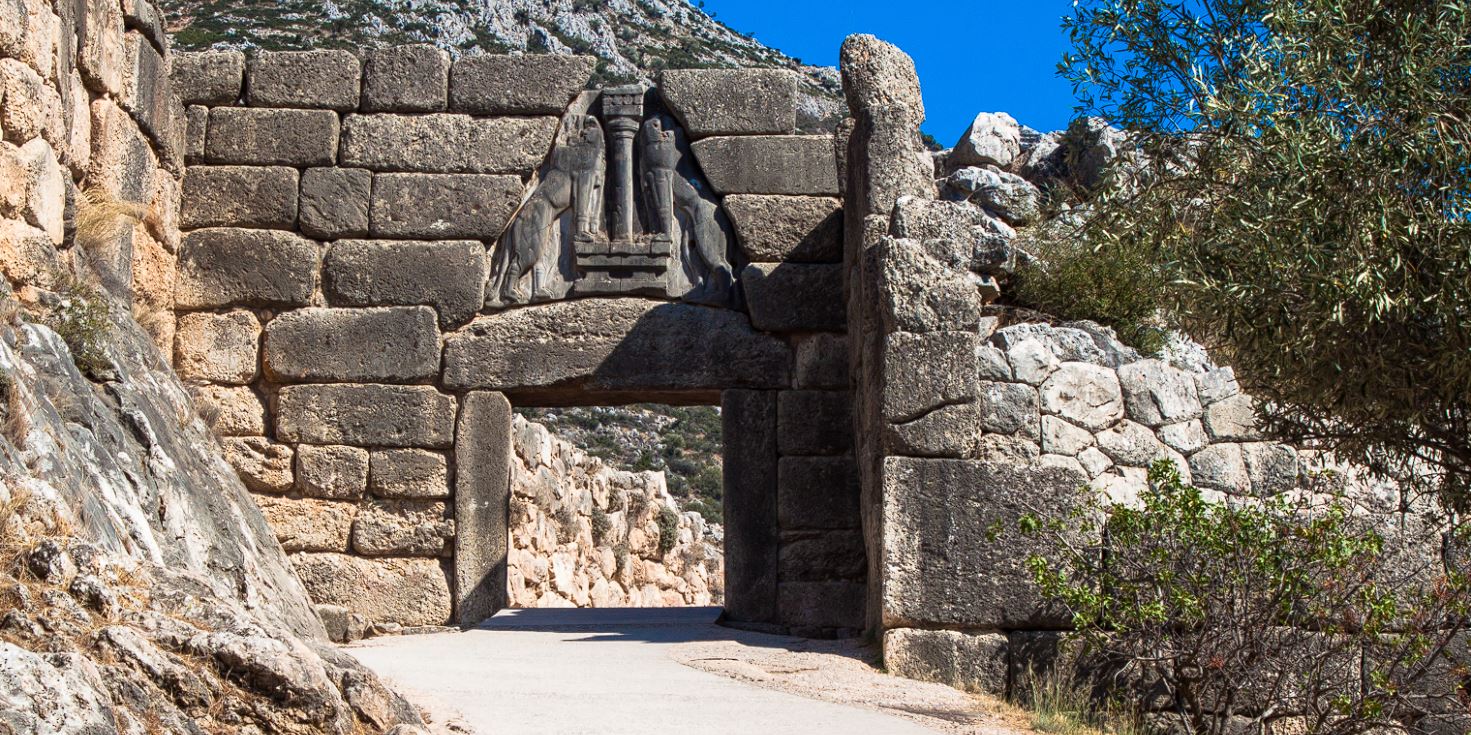Spring is the perfect time to step away from the extremes of tourism and opt for an alternative travel experience. During this season, Greece’s stunning nature comes to life, making it an ideal time to explore the country, while it’s still too cold to dive into the chilly seas. The waning winter, synonymous with mountains, cold, fog, and gloom, is best left behind.
A great option is to combine the blossoming nature of spring with Greece’s unique archaeological sites, planning a visit to either the northern Vergina of the ancient Macedonians or the “golden” Mycenae of Homer in the Peloponnese. If you haven’t visited these sites before, now is the time to decide. Be sure to arrange a guided tour, as it is essential for a proper understanding and organized experience.
Whichever choice you make, you’re guaranteed an incredible journey through the ages.
Vergina of the Ancient Macedonians
Vergina, a small town in Imathia, is located 80 kilometers southeast of Thessaloniki, on the slopes of the Pierian Mountains, just 14 kilometers from Veria and 33 kilometers from Naoussa. Along the way, you’ll pass the dam of the Aliakmonas River. It was here in 1977 that one of the most significant archaeological discoveries of all time took place: the ancient city of Aigai, the first capital of the Kingdom of Macedonia, was unearthed.
The historical importance of the rich findings is beyond words. It’s no coincidence that the site associated with Philip II, Alexander the Great, Euridice, and Olympias was declared a UNESCO World Heritage Site in 1996. Upon visiting Aigai, you’ll be left speechless by the grandeur of the Macedonian dynasty, with its royal tombs, the tumulus cemetery, the palace, the theater, the sanctuary of Eucleia, the acropolis, and the city walls.
more at travel.gr
Ask me anything
Explore related questions





